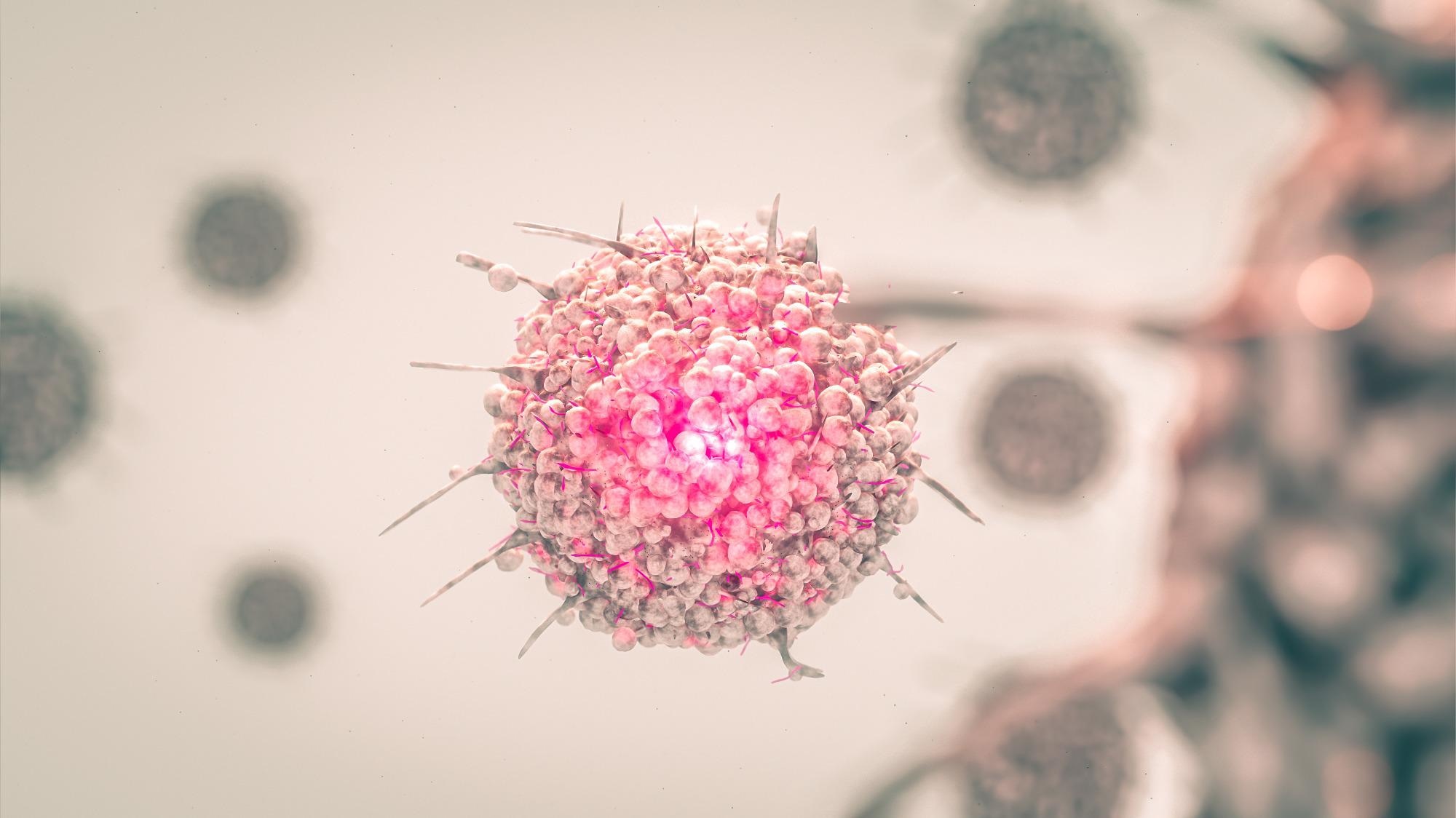Cancer immunotherapy aims to change “cold” tumors into “hot” tumors – those that react to immunotherapy – by stimulating and enlisting the immune system of the body.

Image Credit: Shutterstock.com/CI Photos
Regrettably, few people gain from the most frequently used form of immunotherapy, known as immune checkpoint inhibitors, and researchers are keenly seeking new and harmless molecules called agonists to boost the immune response of the body. The STING agonist is one potential drug in clinical trials. STING is a protein critical to the immune response against contagion as well as cancer.
In hunting for molecules that would boost the STING pathway, researchers at the University of Michigan’s College of Pharmacy and the Rogel Cancer Center chose nutritional metal ions, which humans absorb from food and are vital for immune regulation.
They learned that incorporating the nutritional metal ion manganese to STING agonists enhanced STING’s capability to fight tumors by nearly 77-fold, compared to STING agonists used in isolation, said James Moon, the J.G. Searle Professor of Pharmaceutical Sciences and professor of biomedical engineering.
When scientists incorporated the manganese ions into STING agonists, they created nano-sized crystals, which considerably boosted cellular uptake of STING agonists and STING activation by immune cells. To develop a STING agonist for intravenous administration, the team coated these nanocrystals with a lipid layer (akin to those used in mRNA COVID19 vaccines), resulting in a nanoparticle system referred to as CMP.
The majority of STING agonists must be transported directly into the tumor, but this is not ideal for metastatic cancers - the main cause of mortality. Even with intratumoral injections, present-day STING agonists are faced with partial clinical response.
CMP significantly increases cellular uptake of STING agonists, and together with manganese, CMP triggers robust STING activation, turns a cold tumor into hot tumor, and eliminates cancer, including those that are completely resistant to immune checkpoint inhibitors, the most widely used cancer immunotherapy.
Xiaoqi “Kevin” Sun, Study First Author and Graduate Student in Pharmacy, University of Michigan
Moon explained that this was the first time that nanoparticles transporting STING agonists and metal ions have been engineered for intravenous cancer immunotherapy, and this could pave the way for cancer immunotherapy treatments.
The team showed the tumor-combating effects of CMP in different tumors, including melanoma, colon carcinoma and head and neck cancer.
A majority of neck and head cancers do not react well to immune checkpoint inhibitors. To model this fatal disease, the team designed a head and neck cancer model that was totally resistant to immune checkpoint inhibitors, said study senior co-author Yu Leo Lei, U-M associate professor of dentistry. The model, called NOOC1, has more than 90% similarity in mutational signatures to smoking-related human cancers.
In the head and neck cancer tumor, CMP administered intravenously eradicated those tumors in 75% of mice. In contrast, conventional STING agonists had minimal anti-tumor effects and all animals succumbed to tumor growth.
Yu Leo Lei, Study Senior Co-Author and Associate Professor of Dentistry, University of Michigan
The study team is at present looking to test the safety and effectiveness of CMP in large animals.
We anticipate that we will be able to initiate a phase I clinical study to examine the efficacy of CMP in cancer patients in the near future.
James Moon, The J.G. Searle Professor of Pharmaceutical Sciences and Professor of Biomedical Engineering, University of Michigan
The research has been published in the September 30th online issue of Nature Nanotechnology.
Journal Reference:
Sun, X., et al. (2021) Amplifying STING activation by cyclic dinucleotide-manganese particles for local and systemic cancer metalloimmunotherapy. Nature Nanotechnology. doi.org/10.1038/s41565-021-00962-9.